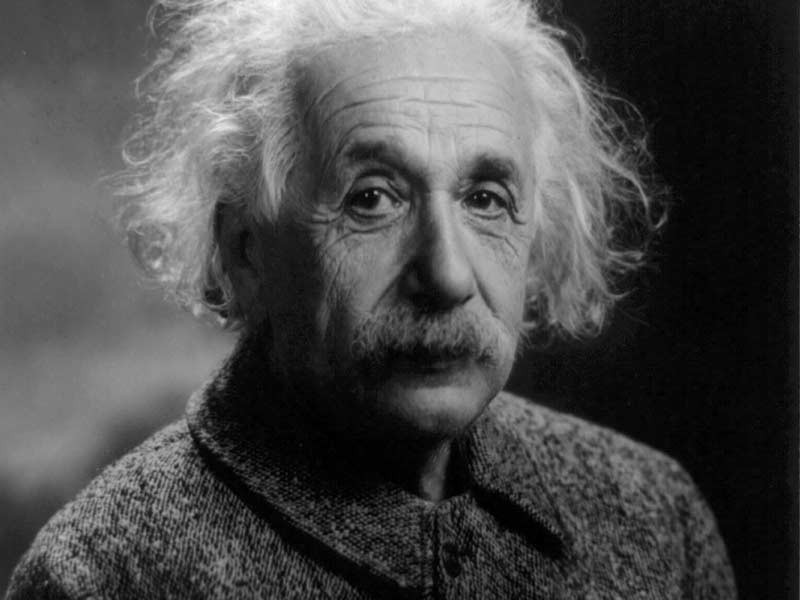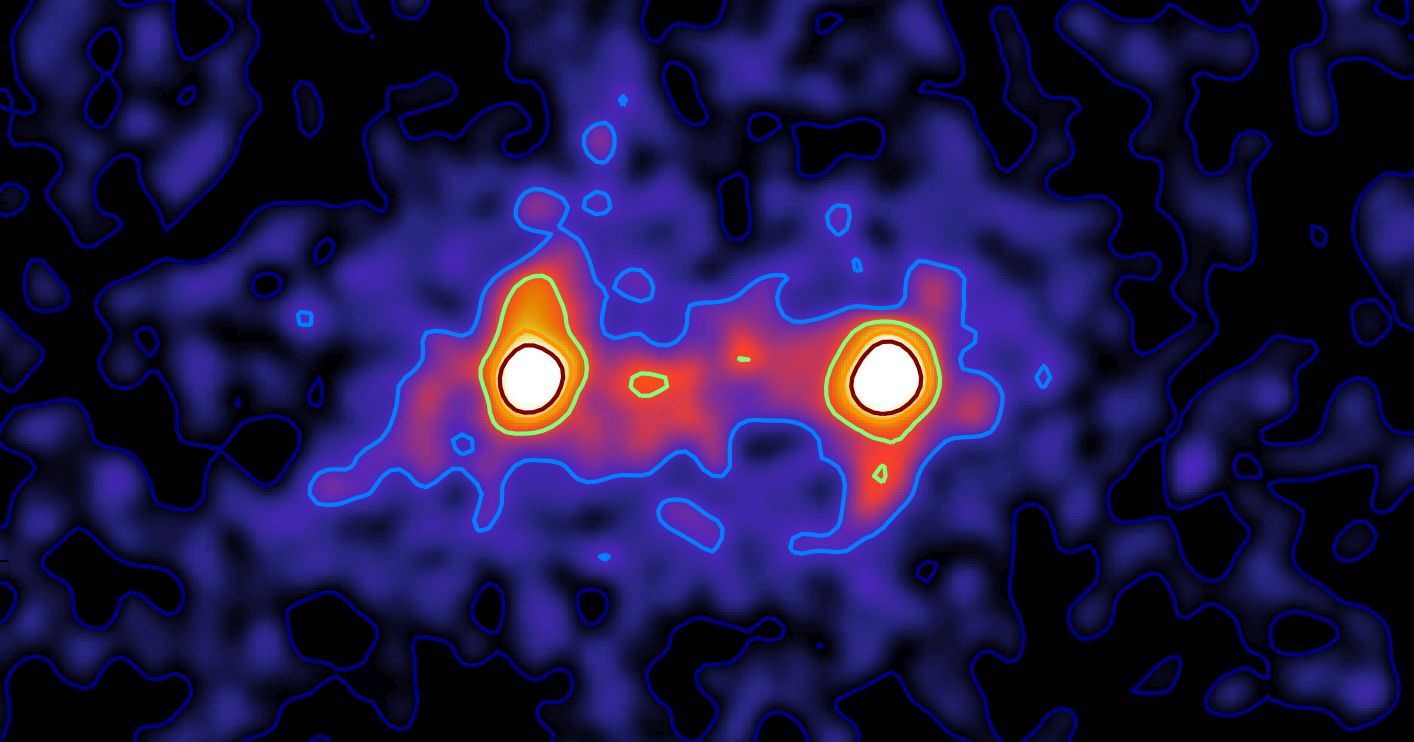description:
One day in 1900, German physicist Max Planck told his son that he had made a breakthrough as important as Isaac Newton’s discovery of the workings of the universe. Planck had reached the surprising conclusion that light behaves as if it is packaged in discrete amounts, or quanta, a seemingly simple observation that would lead to a powerful new field of physics called quantum mechanics.
episodes:
01. The Quantum Enigma
Quantum mechanics is the most successful physical theory ever devised, and you learn what distinguishes it from its predecessor, classical mechanics. Professor Schumacher explains his ground rules for the course, which is designed to teach you some of the deep ideas and methods of quantum mechanics.
02. The View from 1900
You investigate the age-old debate over whether the physical world is discrete or continuous. By the 19th century, physicists saw a clear demarcation: Matter is made of discrete atoms, while light is a continuous wave of electromagnetic energy. However, a few odd phenomena remained difficult to explain.
03. Two Revolutionaries—Planck and Einstein
At the beginning of the 20th century, Max Planck and Albert Einstein proposed revolutionary ideas to resolve puzzles about light and matter. You explore Planck’s discovery that light energy can only be emitted or absorbed in discrete amounts called quanta, and Einstein’s application of this concept to matter.
04. Particles of Light, Waves of Matter
Light propagates through space as a wave, but it exchanges its energy in the form of particles. You learn how Louis de Broglie showed that this weird wave-particle duality also applies to matter, and how Max Born inferred that this relationship makes quantum mechanics inherently probabilistic.
05. Standing Waves and Stable Atoms
You explore the mystery of why atoms are stable. Niels Bohr suggested that quantum theory explains atomic stability by allowing only certain distinct orbits for electrons. Erwin Schrödinger discovered a powerful equation that reproduces the energy levels of Bohr’s model.
06. Uncertainty
One of the most famous and misunderstood concepts in quantum mechanics is the Heisenberg uncertainty principle. You trace Werner Heisenberg’s route to this revolutionary view of subatomic particle interactions, which establishes a trade-off between how precisely a particle’s position and momentum can be defined.
07. Complementarity and the Great Debate
You focus on the Einstein-Bohr debate, which pitted Einstein’s belief that quantum events can, in principle, be known in every detail, against Bohr’s philosophy of complementarity—the view that a measurement of one quantum variable precludes a different variable from ever being known.
08. Paradoxes of Interference
Beginning his presentation of quantum mechanics in simplified form, Professor Schumacher discusses the mysteries and paradoxes of the Mach-Zehnder interferometer. He concludes with a thought experiment showing that an interferometer can determine whether a bomb will blow up without necessarily setting it off.
09. States, Amplitudes, and Probabilities
The interferometer from the previous lecture serves as a test case for introducing the formal math of quantum theory. By learning a few symbols and rules, you can describe the states of quantum particles, show how these states change over time, and predict the results of measurements.
10. Particles That Spin
Many quantum particles move through space and also have an intrinsic spin. Analyzing spin gives you a simple laboratory for exploring the basic ideas of quantum mechanics, and it is one of your key tools for understanding the quantum world.
11. Quantum Twins
Macroscopic objects obey the snowflake principle. No two are exactly alike. Quantum particles do not obey this principle. For instance, every electron is perfectly identical to every other. You learn that quantum particles come in two basic types: bosons, which can occupy the same quantum state; and fermions, which cannot.
12. The Gregarious Particles
You discover that the tendency of bosons to congregate in the same quantum state can lead to amazing applications. In a laser, huge numbers of photons are created, moving in exactly the same direction with the same energy. In superconductivity, quantum effects allow electrons to flow forever without resistance.
13. Antisymmetric and Antisocial
Why is matter solid, even though atoms are mostly empty space? The answer is the Pauli exclusion principle, which states that no two identical fermions can ever be in the same quantum state.
14. The Most Important Minus Sign in the World
At the fundamental level, bosons and fermions differ in a single minus sign. One way of understanding the origin of this difference is with the Feynman ribbon trick, which Dr. Schumacher demonstrates.
15. Entanglement
When two particles are part of the same quantum system, they may be entangled with each other. In their famous “EPR” paper, Einstein and his collaborators Boris Podolsky and Nathan Rosen used entanglement to argue that quantum mechanics is incomplete. You chart their reasoning and Bohr’s response.
16. Bell and Beyond
Thirty years after EPR, physicist John Bell dropped an even bigger bombshell, showing that a deterministic theory of quantum mechanics such as EPR violates the principle of locality—that particles in close interaction can’t be instantaneously affected by events happening in another part of the universe.
17. All the Myriad Ways
Feynman diagrams are a powerful tool for analyzing events in the quantum world. Some diagrams show particles moving forward and backward in time, while other particles appear from nowhere and disappear again. All are possible quantum scenarios, which you learn how to plot.
18. Much Ado about Nothing
The quantum vacuum is a complex, rapidly fluctuating medium, which can actually be observed as a tiny attraction between two metal plates. You also discover that vacuum energy may be the source of the dark energy that causes the universe to expand at an ever-accelerating rate.
19. Quantum Cloning
You explore quantum information and quantum computing—Dr. Schumacher’s specialty, for which he pioneered the concept “qubit,” the unit of quantum information. You learn that unlike classical information, such as a book or musical recording, quantum information can’t be perfectly copied.
20. Quantum Cryptography
The uncopyability of quantum information raises the possibility of quantum cryptography—an absolutely secure method for transmitting a coded message. This lecture tells how to do it, noting that a handful of banks and government agencies already use quantum cryptography to ensure the security of their most secret data.
21. Bits, Qubits, and Ebits
What are the laws governing quantum information? Charles Bennett has proposed basic rules governing the relationships between different sorts of information. You investigate his four laws, including quantum teleportation, in which entanglement can be used to send quantum information instantaneously.
22. Quantum Computers
You explore the intriguing capabilities of quantum computers, which don’t yet exist but are theoretically possible. Using the laws of quantum mechanics, such devices could factor huge numbers, allowing them to easily decipher unbreakable conventional codes.
23. Many Worlds or One?
What is the fundamental nature of the quantum world? This lecture looks at three possibilities: the Copenhagen, hidden-variable, and many-worlds interpretations. The first two reflect Bohr’s and Einstein’s views, respectively. The last posits a vast, multivalued universe encompassing every possibility in the quantum realm.
24. The Great Smoky Dragon
In this final lecture, you ponder John A. Wheeler’s metaphor of the Great Smoky Dragon, a creature whose tail appears at the start of an experiment and whose head appears at the end. But what lies between is as uncertain as the mysterious and unknowable path of a quantum particle.










